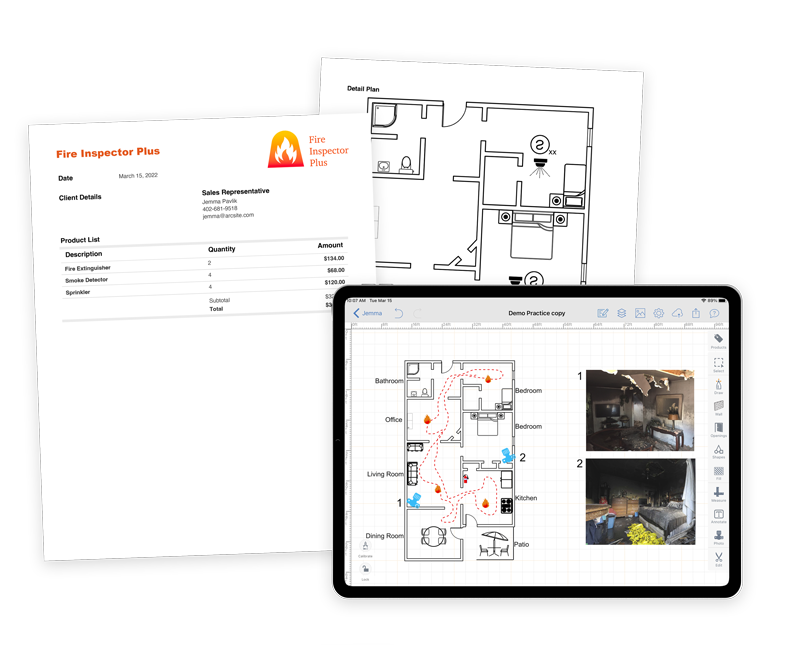
As technology continues to advance, industries across the board are finding innovative ways to streamline processes and improve efficiency. One such industry that is seeing a drastic shift is fire inspections. Traditionally, fire inspections have been conducted using pen and paper, with inspectors manually documenting their findings. However, with the rise of inspection software, the way fire inspections are conducted is being revolutionized.
Fire inspection software allows to digitize their entire inspection process, from scheduling appointments to conducting the inspection to generating reports. This not only saves time but also eliminates the risk of human error that comes with manual data entry. With inspection software, inspectors can easily input data using a mobile device or tablet, and it is instantly synced to a centralized database, making it easily accessible to all stakeholders.
One of the key benefits of inspection software is the ability to automate certain aspects of the inspection process. For example, inspections can be scheduled automatically based on a predetermined schedule, eliminating the need for manual appointment setting. Additionally, the software can be programmed to send reminders to both inspectors and property owners, ensuring that inspections are completed in a timely manner.
Another advantage of inspection software is the ability to generate detailed reports in real-time. Inspectors can easily input their findings and the software will automatically compile the data into a comprehensive report that can be shared with property owners and relevant authorities. This not only saves time but also ensures that all necessary information is accurately documented.
Additionally, inspection software often comes equipped with features that allow inspectors to take photos and videos during inspections. This visual documentation can provide valuable insights and help property owners better understand the findings of the inspection. It also serves as a valuable tool for inspectors to refer back to when needed.
Furthermore, inspection software often includes a dashboard feature that provides a visual representation of inspection data. This allows inspectors and stakeholders to easily track trends, identify areas of concern, and make informed decisions based on the data. The dashboard feature can also be customized to meet the specific needs of the organization, providing a tailored experience for users.
One of the biggest advantages of inspection software is the ability to centralize data and streamline communication between inspectors, property owners, and relevant authorities. With all data stored in a centralized database, stakeholders can easily access information, track progress, and collaborate more effectively. This not only improves efficiency but also enhances transparency and accountability throughout the inspection process.
Overall, the rise of inspection software is revolutionizing the way fire inspections are conducted. By digitizing the inspection process, automating certain aspects, and centralizing data, inspection software is improving efficiency, reducing human error, and enhancing communication among stakeholders. As technology continues to advance, we can expect to see even more innovations in fire inspection software, further improving safety standards and compliance in the industry.